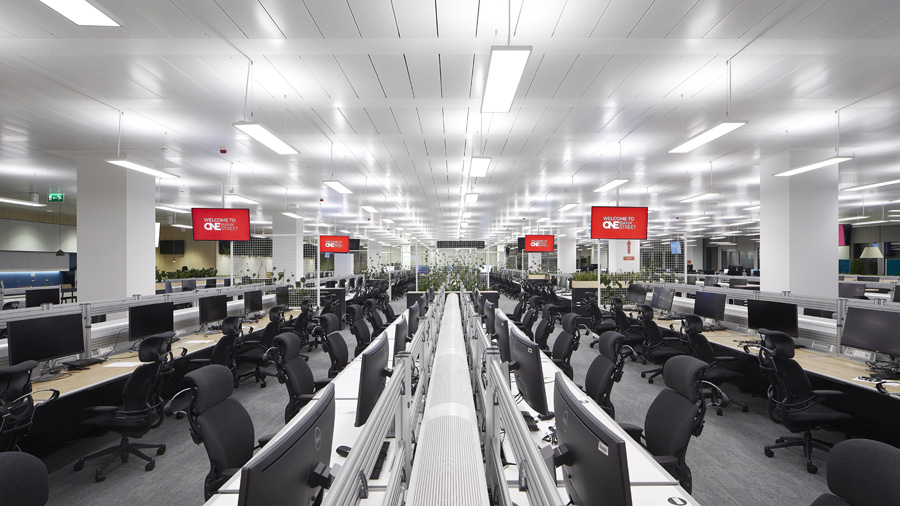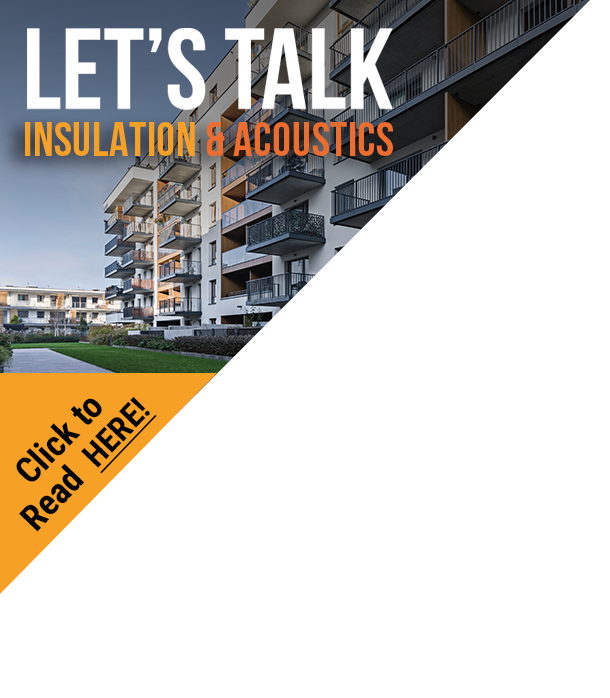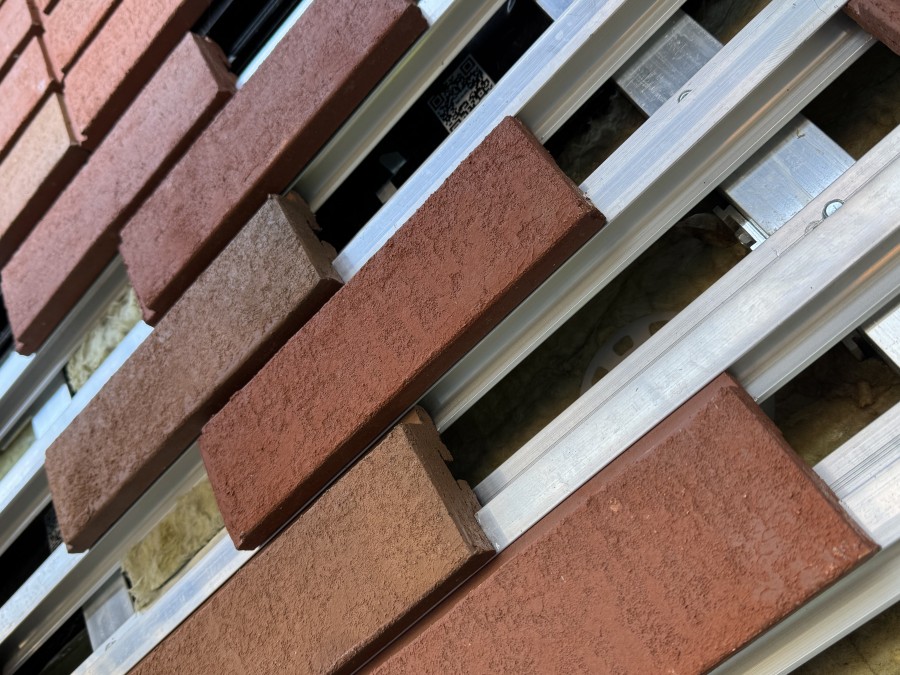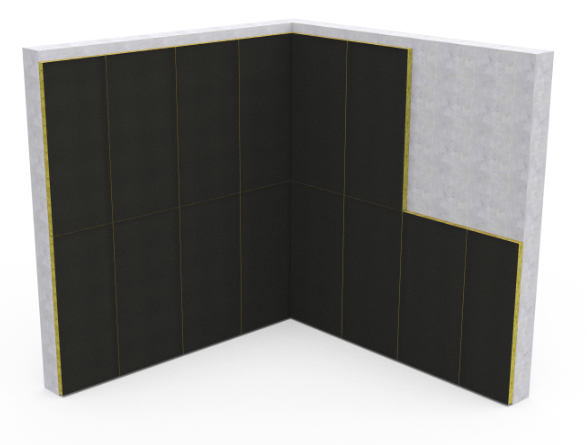
Despite the rise of hybrid working, offices remain symbols of productivity, collaboration and success. However, for them to provide the right environment for workers and businesses to thrive, it is vital that designers and specifiers not only consider how these building interior spaces look and feel, but also how they sound.
What is flanking noise?
Noise transfer between rooms can be characterised as either:
- Direct noise — any noise which is transferred directly through the main separating element (e.g. a party wall or party floor).
- Flanking noise — any noise which is transferred between the rooms by other paths.
Whilst direct noise is more straightforward to manage, for instance by high performance wall and floor structures, addressing flanking noise can be far more challenging as there can be a multitude of open noise paths between any given pair of rooms.
Flanking noise can be transmitted in two ways:
- Airborne noise — noise travels into adjoining spaces in the air through openings in or around the partition, or through the partition itself e.g. via gaps in raised access floors or electrical outlets.
- Structureborne — noise is transmitted through solid mechanical connections between building elements e.g. via the floor slab, bypassing the party wall and re-radiating as noise in the adjacent room.
The overall sound insulation performance will be determined by the weakest noise path. This means that even if a party wall or floor with high acoustic performance has been specified, weak flanking paths will still control the achievable total airborne sound insulation between a given pair of rooms — typically expressed as DnT,w performance (weighted standardised level difference that includes contributions from both direct and flanking noise).
Why is flanking noise a problem in office spaces?
In Remark Group’s ‘Noise and Wellbeing at Work Survey’ of 1000 office workers, 65% reported that noise in the workplace affected their ability to complete work in an accurate and timely manner, 44% felt that noise had a negative impact on their overall wellbeing and 40% said it made them feel stressed[1]. This is supported by scientific studies showing that consistent exposure to unwanted noise within our buildings can have impacts on occupiers, affecting our cognitive performance and ability to concentrate[2].
There is also the risk of breaching confidentiality. 64% of Remark’s survey participants said they have overheard confidential or sensitive information with 41% saying it made them worried to share issues due to the risk of being overheard.
Approaches to reducing flanking noise
To ensure acoustically comfortable office spaces, designers and specifiers must consider both airborne and structureborne noise paths as part of the acoustic design process for Class E buildings.
Treatment for airborne flanking paths will typically involve filling gaps that allow the passage of sound. Best practice is to do this using high-mass materials, such as steel, plasterboard or specialist acoustic products. This can be supplemented with absorptive materials such as mineral wool or acoustic foam. Structureborne noise in particular can be very difficult to treat retrospectively. Preventing it typically involves breaking mechanical connections between building elements or using resilient materials to isolate building elements which may vibrate.
Partnering with acoustic specialists early in the design process can not only help identify potential acoustic issues with the project plans, but also identify products and solutions that can be incorporated into the specifications to cut off these flanking noise pathways, ensuring compliance with applicable regulations and building certification schemes and ultimately, a comfortable office environment that is much more conducive to protecting privacy, fostering productivity, and promoting harmony and well-being.
For more information, please visit: Siderise | Noise Control

Remark Group (2019) Noise and Wellbeing at Work Survey: https://www.remark-group.co.uk/company-news/noise-...environmental health, 18(2), 185–198. https://pubmed.ncbi.nlm.nih.gov/16201210/[1] Remark Group (2019) Noise and Wellbeing at Work Survey: https://www.remark-group.co.uk/company-news/noise-...
[2] Pawlaczyk-Luszczyńiska, M., Dudarewicz, A., Waszkowska, M., Szymczak, W., & Sliwińska-Kowalska, M. (2005). The impact of low-frequency noise on human mental performance. International journal of occupational medicine and environmental health, 18(2), 185–198. https://pubmed.ncbi.nlm.nih.gov/16201210/











